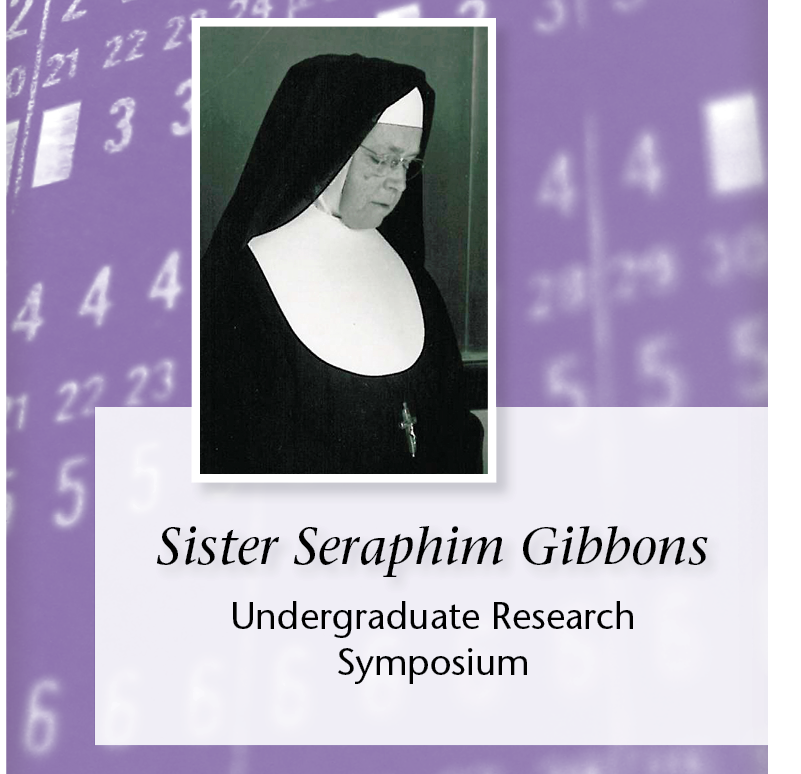Combinatorics of the Sinha Spectral Sequence
Faculty Advisor
Kristine Pelatt
Department
Mathematics
Combinatorics of the Sinha Spectral Sequence
In Mathematics, a knot may be described as taking a long piece of string, intertwining it with itself, and joining its ends together. Generalizing to higher dimensions, we consider knots in ambient space of dimension four or higher. This space has interesting topology, and we study motions of families of knots moving through the ambient space. Our main goal is to find an explicit example of a nontrivial motion, or homology cycle. The Sinha spectral sequence transforms this difficult geometric question into a more accessible combinatorial question. Knots are represented as expressions containing variables and bracket pairs, for example, [x1, x3][x2, x4]. The complex of bracket expressions is also equipped with a function called a differential. In a combinatorial setting, a cycle is a linear combination of bracket expressions whose image under the differential is zero. In this project we considered the 135 knots whose combinatorial data can be expressed with six variables and four bracket pairs. After writing a computer program to calculate the differential of each bracket expression, we searched through the differentials for a linear combination of expressions whose differential is zero. Through the process of elimination, we determined that any cycle with six variables and four bracket pairs will have more than ten terms.
